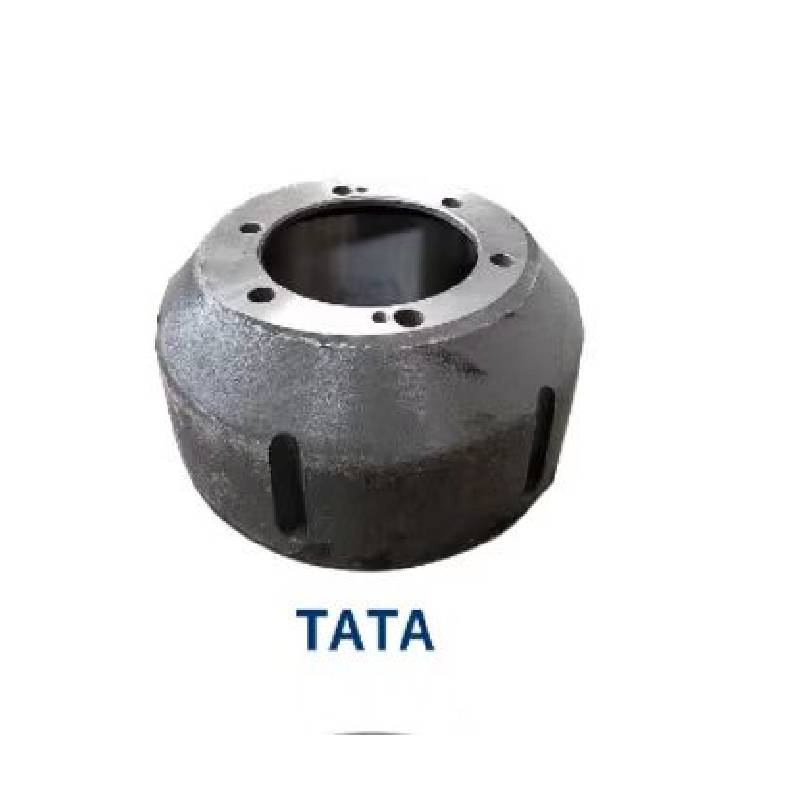12 月 . 13, 2024 09:21 Back to list
how to replace rear brake drums and shoes
How to Replace Rear Brake Drums and Shoes
Replacing rear brake drums and shoes is a vital maintenance task that every car owner should be familiar with. It not only ensures the safety of your vehicle but also enhances its overall performance. With the right tools and a bit of patience, you can accomplish this task yourself. In this guide, we will walk you through the steps necessary to replace rear brake drums and shoes effectively.
Tools and Materials Needed
Before you begin, gather the following tools and materials
- New brake drums - New brake shoes - Brake cleaner - Socket set - Wrench set - Screwdrivers (flathead and Phillips) - C-Clamp or brake spring tool - Jack and jack stands - Torque wrench - Safety glasses and gloves
Step 1 Safety First
Before starting any repair, ensure your safety first. Park your vehicle on a flat surface, engage the parking brake, and wear safety glasses and gloves. Prepare to lift the car by loosening the lug nuts on the rear wheels while the vehicle is still on the ground.
Step 2 Remove the Rear Wheels
Using the jack, raise the rear of the vehicle and securely place it on jack stands. Once it’s stable, fully remove the lug nuts and take off the rear wheels. This will give you clear access to the brakes.
Step 3 Inspect the Brakes
Before removing any components, inspect the current brake drums and shoes. Look for signs of wear, such as cracks, grooves, or unusual thickness in the brake shoes. If the brake drums appear damaged or worn, they will need to be replaced as well.
Step 4 Removing the Brake Drums
Locate the retaining screws that hold the brake drum in place, if applicable. Remove these screws and gently tap the drum with a hammer if it appears stuck. If the drum comes off easily, inspect the surface for scoring or wear.
Step 5 Remove Old Brake Shoes
how to replace rear brake drums and shoes

Once the drum is off, you will see the brake shoes. Take note of how they are mounted for easier installation of the new shoes. Remove the retaining springs and any other hardware holding the shoes in place. Be cautious, as the springs can be under tension.
Step 6 Install New Brake Shoes
Install the new brake shoes in the same configuration as the old ones. Use the C-Clamp or a brake spring tool to properly tension the springs when reattaching the hardware. Ensure everything is secure and in place.
Step 7 Install New Brake Drums
With the new brake shoes in place, slide the new brake drum over the shoes. Spin the drum to ensure it rotates freely. If it binds, you may need to adjust the shoes slightly.
Step 8 Reassemble Everything
Reattach any retaining screws you removed earlier. Replace the rear wheels, ensuring the lug nuts are hand-tight. Lower the vehicle from the jack stands and then use a torque wrench to tighten the lug nuts to the manufacturer's specifications.
Step 9 Test the Brakes
Before driving, pump the brake pedal several times to seat the new brake shoes against the drum. This establishes proper contact and ensures the braking system is responsive.
Step 10 Final Inspection
After conducting a test drive at low speed, listen for any unusual noises and check for leaks. If everything functions well, you have successfully replaced your rear brake drums and shoes.
Conclusion
Replacing rear brake drums and shoes is an essential skill for any car owner. By following these steps and practicing diligence in your work, you can maintain your vehicle’s braking system in peak condition. Regular brake maintenance can save you money and increase your safety on the road. Remember, when in doubt, consult a professional mechanic to ensure your vehicle remains safe and reliable.
-
Brake Drum for Kamaz Trucks Durable OEM Replacement & High Performance
NewsMay.30,2025
-
Brake Drum Man High-Quality Drum Brake & Shoe Solutions
NewsMay.30,2025
-
High-Performance Brake Drum for Kamaz Trucks Durable Drum Brake Components
NewsMay.29,2025
-
Brake Drum Man High-Quality Drum Brake Drums & Brake Shoes
NewsMay.29,2025
-
Brake Drum MAZ High-Performance & Durable Replacement Parts
NewsMay.29,2025
-
heavy truck brake drums
NewsMar.07,2025
